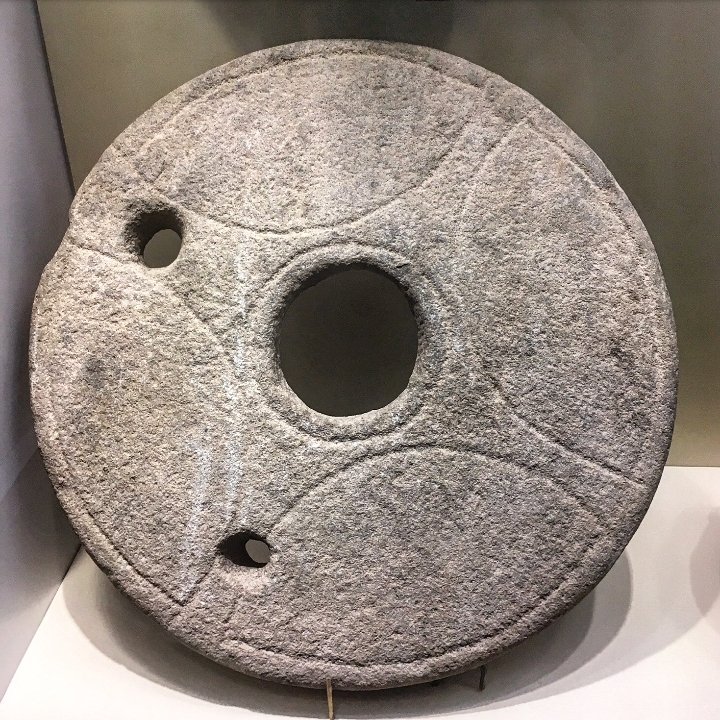

rotating just the map with the numbers or the 'banner' or both together. Tried every possible combinations, ascending and descending numbers order, counting shadowed and lightened tiles on the 'banner' (don't want to spoil). This example is made from Spilsby sandstone, a local variant of Greensand which outcrops on the western side of the Wolds, where there is very likely to have been a quern factory in the Later Iron Age and Roman periods. Hi, I don't know if something changed recently, but for me it's impossible to go over the second enigma. Cognate with Old High German quirnstein and Old Norse kvernsteinn. The upper stone was moved in a back-and-forth motion across the saddle quern. The lower stationary stone of early examples is called a saddle quern, while the upper mobile stone is called a muller, rubber or handstone. Only a limited number of rock types are suitable for their manufacture so they often travel over comparatively long distances and can tell us about trading patterns and other links between different regions. From Middle English querneston, whernston, from Old English cweornstn, from Proto-Germanic kwernstainaz. Quern-stones are stone tools for hand-grinding a wide variety of materials. Most sites with domestic occupation dating to the Roman period will produce quernstones, although often only in fragment form. The quern stone is made of lava from Andernach in Germany and may have been imported from Germany or brought to the site by one of the regiments stationed there.

This linked the reservoir dam works with a hub linked to the nearby stone quarries. A quern stone with a slot for a handle (shown with a modern one in place) found at Bar Hill.

There is even an old gauge industrial railway system track (now just a path) that leads to The Fishing Lodge. In the Roman period it is likely that flour was ground on a frequent, perhaps daily basis as in the days before preservatives, wholemeal flour kept for only a short period. The Stocks Reservoir walk also passes the ruined remains of some farms that simply became unviable in the 1920s to 30s when the reservoir was constructed. A prehistoric saddle quern stone found at Lionacleit. Querns are hand mills used for grain processing. Quern-stone, found on the site near Hatcliffe.


 0 kommentar(er)
0 kommentar(er)
